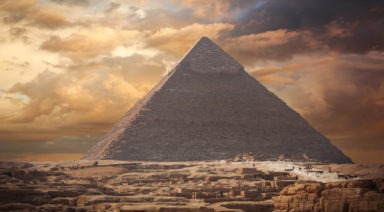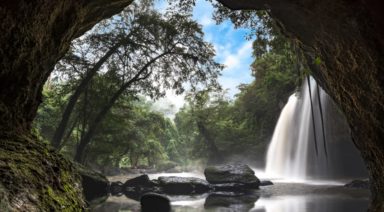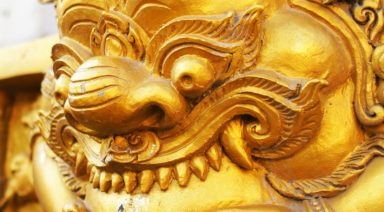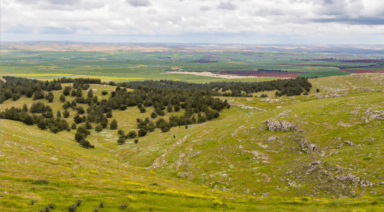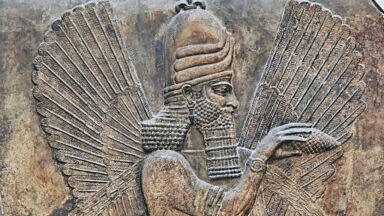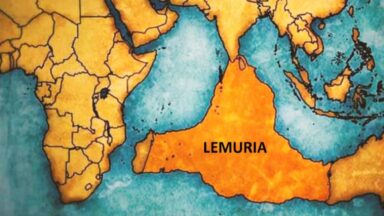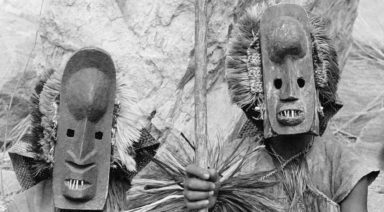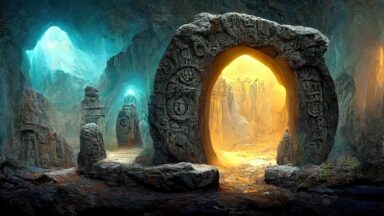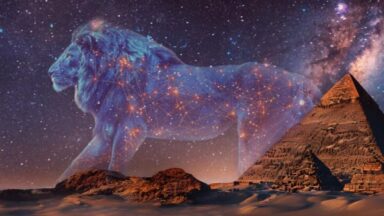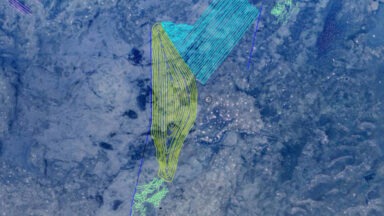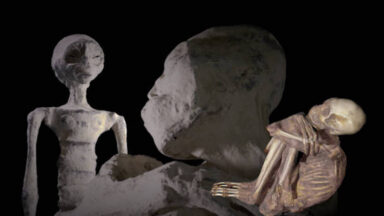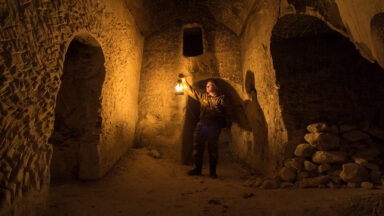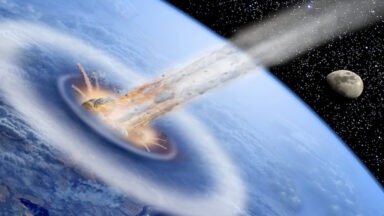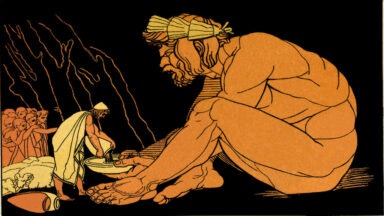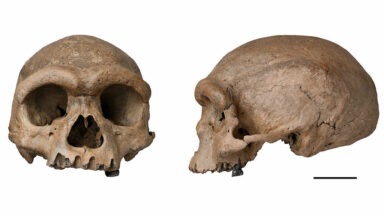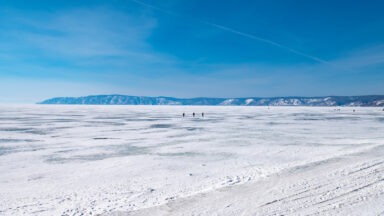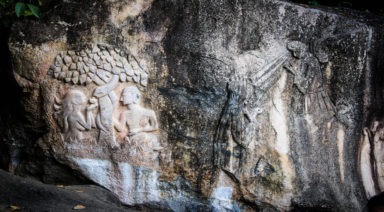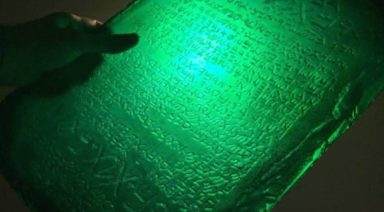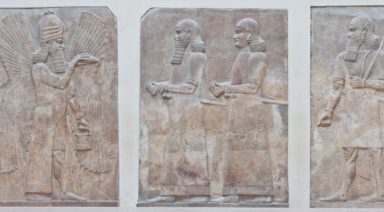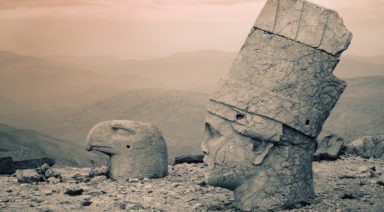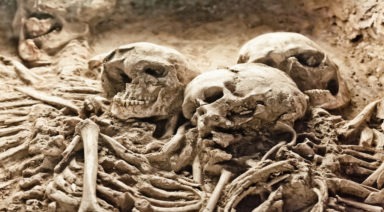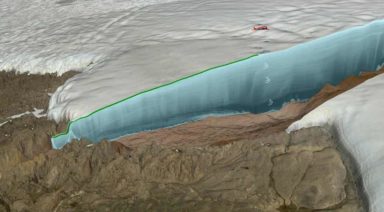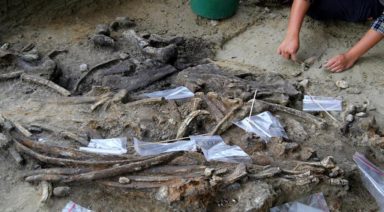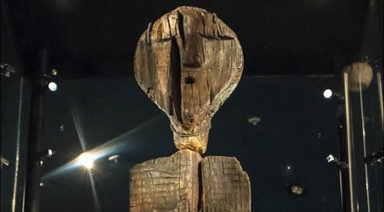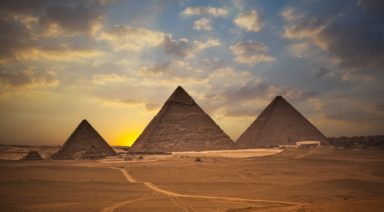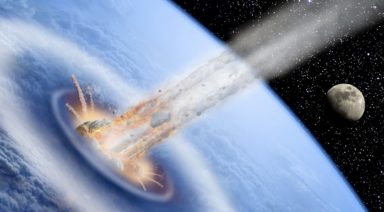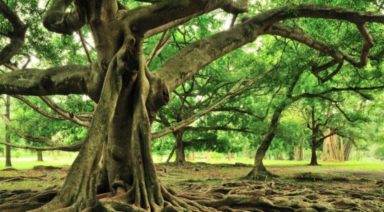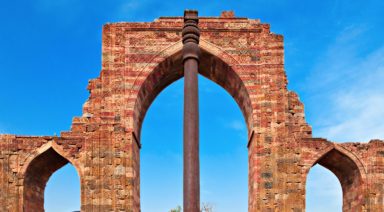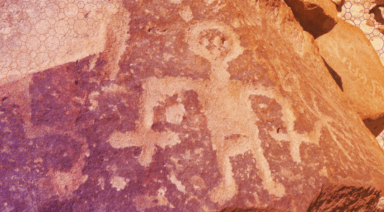Mount Roraima: A Floating Island Shrouded in Mystery
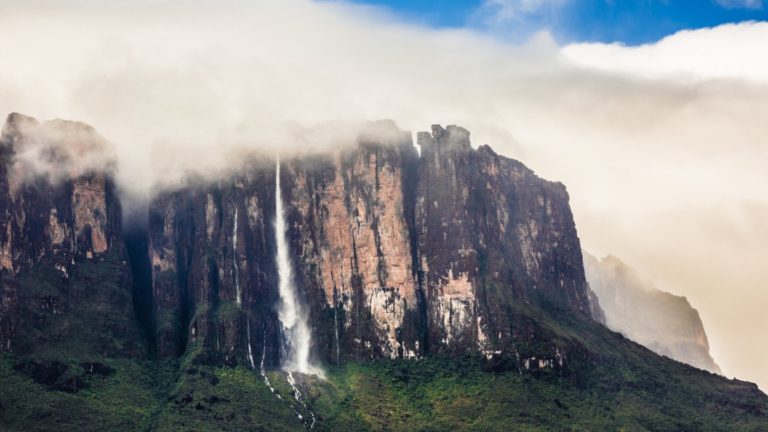
Hiking is a great way to explore nature, get exercise, spend time with friends, and … travel back in time?
Even for the most seasoned of explorers, Mount Roraima, a plateaued mountain about 1,300 feet high, located where Brazil, Venezuela, and Guyana converge, might prove to be an experience far beyond the typical.
Mount Roraima National Park, also known as “Monte Roraima” and the “floating island of Venezuela,” is different than the usual hiking trail or even the usual mountain. Its remote location, mixed with the mysterious air of untouched territory and indigenous folklore, makes it an adventure that promises much more than many who climb it bargained for.
Mount Roraima History
Before European conquistadores arrived in South America, indigenous populations revered Mount Roraima as a regional symbol, referring to it as the “Axis Mundi,” a tree where all the world’s fruits and vegetables grow. It was a peaceful and tranquil place, protected by the Macuxi people.
However, over time, the arrival of foreigners in search of El Dorado and landscapes steeped with gold meant that the purity of Mount Roraima would not remain intact forever.
Later, the arrival of miners marked a change in the environment of Mount Roraima, with alcohol, violence, prostitution, and venereal disease infecting the area. High-pressure water hoses blasted open the land in search of treasure left pools of water, which bred disease. The Macuxi thought they would be able to peacefully coexist and work together with the miners, but this turned out not to be the case.
The trend continued into the present day.
The Brazilian government sought to build dams, roads, and form a municipal government over the territory, claiming those in the region wanted the same infrastructures as the rest of the country. However, the Macuxi stood their ground against the changes, blocking construction and impeding the development where possible.
For the time being, the dam project has been abandoned, with the governor citing the expense to reach the remote location as the primary reason for leaving it behind, not the Macuxi resistance.
Flora and Fauna Discoveries
Mount Roraima has drawn the attention of not only treasure-seeking miners but also famous authors intrigued by the untouched swaths of lands. Sir Arthur Conan Doyle, in his 1912 novel The Lost World, described an ascent of Mount Roraima, with the characters in the story discovering extinct creatures were still living on the remote plateaus.
In the Pixar film Up, the “Paradise Falls” are also said to have been based on the dramatic waterfalls found in the area.
While they have eroded over time, the tepuis, or “house of the gods” in Pemón, seem to have been aptly named, given the intimidating structure that may deter even the most intrepid of climbers.
Although the tepuis have been climbed, only a few have been extensively explored. Some posit this isolation and lack of exploration could mean some species believed to be extinct may actually still be alive and well on Mount Roraima. The flora and fauna of Mount Roraima is unique, including pitcher plants, Bellflower, and Rapatea Heather.
Ancient Indian Legends
Long before tourists hiked up Mount Roraima, the ancient Indians living near there viewed it with a special mythical significance. The Pemón Indians saw it as an integral part of world history. The great tree that bore all the fruits and crops was “felled by one of their ancestors, the tree crashed to the ground, unleashing a terrible flood.”
According to the myth, Mount Roraima is the remaining trunk left after the flood, and the rivers flowing therein are the territory of those peoples. The Pemón also believed anyone who climbed to the top of the tepuis would not come back alive.
To this day, the indigenous people living near Mount Roraima give reverence to this great mountain and its history.
UFO Sightings
The ancient Indians of the area are not the only ones who believe in the power and mystery of Mount Roraima.
Beyond the intriguing plant life and legends around Mount Roraima, it is also known for its high frequency of UFO sightings nearby and atop the plateaus. Tourists have reported seeing strange twirling lights hovering above or between Mount Roraima and Kukenaam, another nearby tepui.
The Gran Sabana region is indeed a hotspot for UFO sightings, with some mystic tour companies popping up in the area promising to show tourists the paranormal side of Mount Roraima.
As curious as it may seem, this isn’t entirely out of the ordinary. Ancient sites all over the globe seem to attract UFO sightings, from Chaco Canyon, New Mexico, to ancient Egypt.
Other Mysteries
Most people who dare to scale Mount Roraima report having some kind of strange experience, be it feelings or things they sense while exploring the area.
Some tourists report experiencing altered states or intense feelings of reverie, promiscuity, or bizarre dreams involving aliens, which some posit could be due to its location in a high-energy zone, similar to Stonehenge or the Bermuda triangle.
Even some skeptics seem to be convinced of the power of Mount Roraima after exploring it.
For those willing to go beyond the typical adventure of hiking remote mountains, Mount Roraima offers plenty to explore.
From its deeply rooted indigenous culture and myths to flora and fauna unmarred by modern human destruction to myths and legends, and present-day reports of strange activity atop the grand plateau, Mount Roraima leaves its explorers with more questions than it does answers.
Want more like this article?
Don’t miss Ancient Civilizations on Gaia to journey through humanity’s suppressed origins and examine the secret code left behind by our ancestors.
The Mathematical Genius Encoded in the Great Pyramid
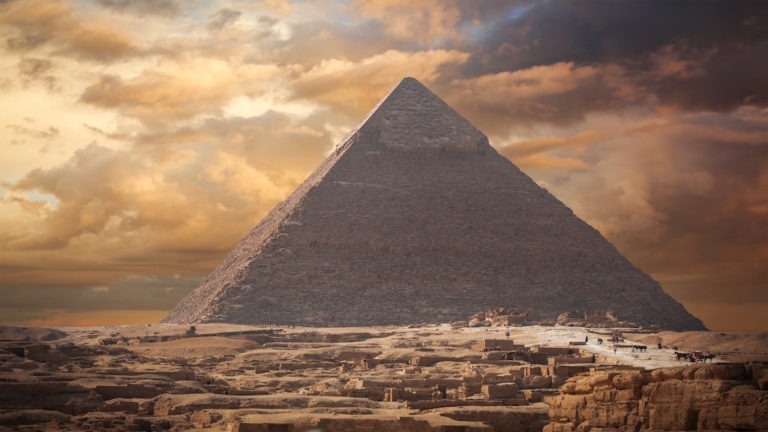
Across the shifting sands of time, nowhere has remained more mysterious than ancient Egypt. This desert beacon continues to allure millions due to its unsolved secrets, theories, and godlike pharaohs.
But perhaps the greatest reason for Egypt’s enduring popularity is a theory that places the age of this enigmatic land’s monuments so far back in history that Egyptology’s explanations seem untenable. This ultra-ancient origin has led many to surmise that the people who built these physical structures were capable of such an advanced level of engineering, in which they encoded the mathematical principles of life itself.
The architects of ancient Egypt’s monuments were far more purposeful in their proportions, measurements, angles, and equations than most modern-day archaeologists credit them with. There is also the distinct possibility that these architects found a way to naturally harness electricity from the Earth itself.
A Mathematical Code of the Universe?
While archaeologists have long been infatuated with the construction and grandeur of the Egyptian pyramids, the greatest mystery may have nothing to do with how these structures were precisely designed and crafted, but more about how they were potentially used as powerful devices to generate electrical power.
The Great Pyramid of Giza features both a shape and location designed to harbor mathematical constants. This same mathematical theory can be found throughout nature and across the universe.
Nikola Tesla, who sought to tap into the electromagnetic currents of the earth to bring the world unlimited electrical power, was in touch with these same mathematical underpinnings. Like the pyramid builders, Tesla realized Earth is a magnetic generator, spinning around two poles, with the potential to generate limitless energy.
In 1905, he filed a United States patent, titled “The art of transmitting electrical energy through the natural medium,” and conceptualized designs for a series of generators stationed in strategic sites worldwide that would collect energy from the ionosphere. With its two poles, Tesla saw the earth as a massive electrical generator of limitless energy and designed generators based on the pyramids’ design.


